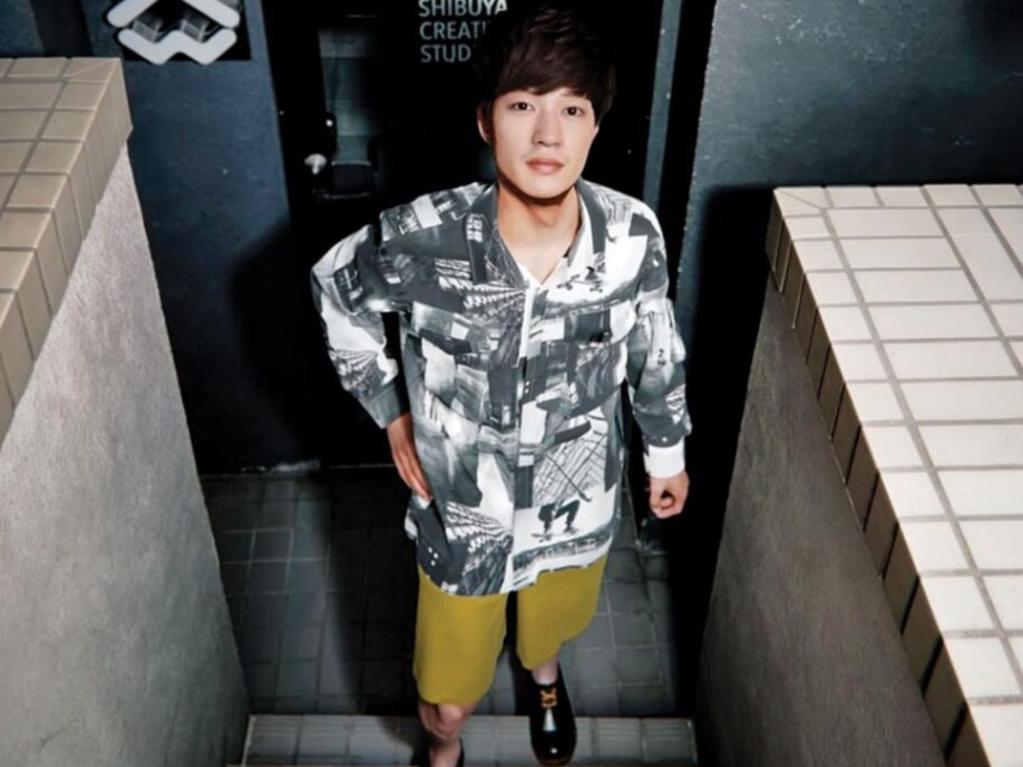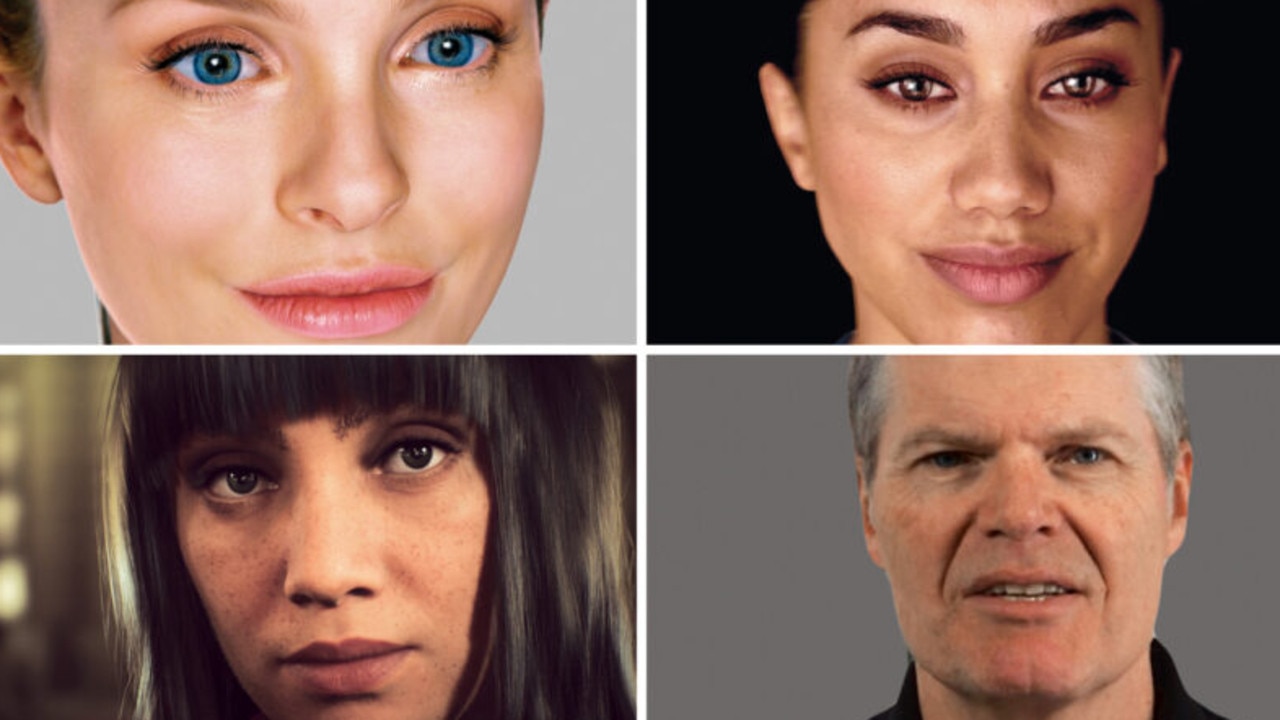Digital humans to be employed ‘within a decade’
Most Aussie companies will employ a digital human in the next 10 years, according to new research. Is your job at risk?
Your next colleague could be a chatbot with a human face, according to researchers from the University of Sydney Business School.
The researchers, collaborating with colleagues from Indiana University and Iowa State, claim that “most” companies will have employed a digital human in the next decade, if their predictions about the future of AI are correct.
The eerie technology goes a step further than well-known chatbots like Siri and ChatGPT. Digital humans take that conversational technology, and overlay it with a human voice and face.
Thus, the technology overcomes the main hurdle of traditional AI – it makes users feel as though they’re chatting with a real person. Though digital humans mightn’t be able to feel emotions, they can be very good at pretending to.

The jobs that are at risk
Digital humans can’t replace real ones in every role, says University of Sydney senior lecturer Mike Seymour – but there are some jobs on the chopping block.
Most of them, Dr Seymour explained, involve an element of emotional connection.
“We respond to faces from the day we are born. We are programmed to respond, in particular, to our mother’s face,” Dr Seymour told news.com.au.
“(Digital humans) can replicate those emotional responses, and our brains find that incredibly pleasing. We find it natural.
“There are a lot of areas where a digital human can effectively replace what’s called a co-pilot or coach – a kind of personal assistant that can be much more proactive at understanding what you want and need.”
Medical students, for example, could train with a hyper-realistic virtual instructor rather than via a textbook. Shoppers could view clothing on a virtual body similar to their own, while receiving compliments from a virtual sales assistant.
At professional services giant EY, digital humans are already in place. The company has rolled out deepfakes of some of its executives, who can deliver videoed messages to international staff in language their human counterparts don’t speak.
Lil Miquela, a digital human Instagram influencer with almost three million followers, sells products and experiences in the same way a real-human does.

‘They never tire, never complain, and never seek a raise’
AI doesn’t yet have the emotional intelligence that a human does, Dr Seymour said – but the field is rapidly advancing.
“We’ve seen already, with things like ChatGPT, how much more realistic the responses are compared to dealing with a typical chatbot,” he said.
“Simultaneously, we’ve had this increase in the quality of what these technologies can look like. Putting those two things together over the next 10 years, you get this phenomenal nexus that allows you to put a face on technology.”
Despite their limitations, early digital humans are proving exceptionally attractive in the workforce – often as a way to cut costs.
“They may not be as capable of versatile as human employees, but they have clear advantages when it comes to cost, customisability and scalability,” Dr Seymour and his colleagues wrote this week in the Harvard Business Review.
“Once ‘hired’, they never tire, never complain, never seek a raise, and always follow company policy.”


The jobs that are safe
The “general rule”, Dr Seymour said, was that jobs that involve collaboration will stay safe from AI.
“What works most successfully is people working together,” he said.
“When you have a job that involves people working together with other people, it will be augmented and facilitated by a digital agent, but they won’t replace the people there.
“We might have a digital assistant that sits in a Zoom call and checks schedules and answers questions, stops us from having to do a lot of stuff, but it’s not going to be able to solve problems. It can distil information, but it can’t decide what information is significant.”
As jobs are lost, so too will jobs be created, Dr Seymour insisted.
“It is a changing nature of a workforce, rather than a destruction of a workforce,” he said.
“There’s a strong message here for both students and educators, that an understanding of this technology is vital to working in the workplace of the future.
“People who have no understanding of these tools and no acceptance of their limitations will be beaten to the next job by someone who does.”
The case for human-to-human connection
Digital humans, naturally, cannot feel. What they can do, Dr Seymour says, is convincingly behave as if they are feeling.
“What AI is good at doing is producing a plausible result – it might not even be an accurate result, but it’s plausible,” he explained.
“A lot of the AI that’s coming through, especially in the last 18 months, is based on statistics.
“It uses a huge amount of stuff on the internet, and comes up with what would be the most natural, plausible response. We can do that with people, in the sense that we can create digital people who produce plausible and sensible responses.”
Dr Seymour claims there are also new opportunities to enhance, rather than damage, human connection.
In the aged care sector, he says digital humans have potential to act as teachers for the elderly.
“As people get older, they suffer with being able to deal with new technology,” he explained.
“We can put a face that they recognise on a new piece of technology, and teach them how to use it.
“That familiar face is extremely comforting, and it could make the technology much more successful – not in terms of the technology itself, but in terms of elderly people being able to use it and find it useful in their lives.
“It can help them to stay independent, and stay at home with family for longer.”
Originally published as Digital humans to be employed ‘within a decade’





